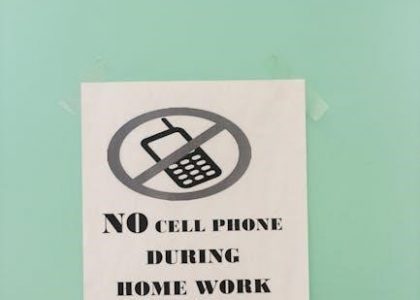Local Binary Patterns (LBP) is a non-parametric descriptor used in image processing to analyze textures. It efficiently captures local structures by comparing neighboring pixels, creating binary patterns. Its simplicity and computational efficiency make it widely applicable in various fields, including face recognition and medical imaging, while remaining robust to monotonic grayscale transformations.
1.1 Definition and Overview of LBP
Local Binary Patterns (LBP) is a non-parametric descriptor used to analyze local image structures. It operates by comparing each pixel with its neighbors in a predefined radius, creating a binary pattern based on whether neighboring pixels are darker or lighter. This method is efficient and computationally lightweight, making it suitable for real-time applications. LBP captures texture information by summarizing the distribution of these binary patterns, providing a robust representation of image features. Its simplicity and versatility have made it a cornerstone in various image processing tasks.
1.2 Historical Background and Development
Local Binary Patterns (LBP) originated in the 1990s as a method for texture analysis. Initially introduced in studies on grayscale and rotational invariance, LBP gained popularity for its simplicity and efficiency. The method evolved to include extensions like rotation-invariant and multi-scale variants, enhancing its robustness. By the early 2000s, LBP became a cornerstone in texture classification, later expanding into face recognition and medical imaging. Its development reflects advancements in understanding local image structures, making it a versatile tool in image processing and computer vision applications.
1.3 Importance of LBP in Image Processing
Local Binary Patterns (LBP) are highly valued in image processing for their ability to efficiently describe textures and local structures. Their computational simplicity and robustness to monotonic grayscale changes make them ideal for real-time applications. LBP captures essential texture information, enabling accurate classification and analysis. Its versatility extends across various domains, from facial recognition to medical imaging, where texture analysis is critical. The method’s efficiency and effectiveness have solidified its role as a fundamental tool in modern computer vision and image processing tasks, driving advancements in both research and practical applications.

LBP in Texture Analysis and Classification
Local Binary Patterns (LBP) are widely used in texture analysis for their ability to capture small-scale texture features effectively. This method enables robust texture classification by analyzing pixel neighborhoods and creating unique binary codes, making it highly suitable for various applications in image processing and computer vision.
2.1 Basic Concepts of Texture Analysis
Texture analysis is a fundamental aspect of image processing that involves identifying and characterizing the surface properties of objects in an image. It focuses on detecting patterns, such as roughness, smoothness, or periodicity, which are essential for distinguishing different regions. Basic concepts include texture primitives, like texture elements and their spatial relationships, as well as statistical methods to quantify texture features. Techniques such as Gray-Level Co-occurrence Matrix (GLCM) and filter banks are commonly used. Local Binary Patterns (LBP), with its ability to capture local texture information, has emerged as a powerful tool in this domain, offering simplicity and efficiency for texture-based image analysis.
2.2 LBP Methods for Texture Classification
Local Binary Patterns (LBP) methods are widely used for texture classification due to their ability to effectively capture texture features. These methods compare pixel neighborhoods to generate binary codes, which are then statistically analyzed to form histograms. Multi-scale LBP extends this by analyzing textures at various resolutions, while rotation-invariant LBP enhances robustness to orientation changes. These techniques are particularly effective in distinguishing textures under varying lighting conditions and have proven reliable in various classification tasks, making them indispensable tools in texture analysis and pattern recognition applications.
2.3 Role of Color Spaces in LBP-Based Texture Analysis
Color spaces play a crucial role in enhancing the effectiveness of LBP-based texture analysis. By converting images into different color spaces, such as RGB, HSI, or Lab, LBP methods can capture more detailed texture information. Each color space provides unique properties, like color opponency or perceptual uniformity, which improve feature extraction. For instance, the Lab color space is often used for its ability to separate color and texture, while RGB retains raw color details. This integration allows LBP to better analyze multi-channel images, leading to more accurate texture classification and segmentation results in various applications.
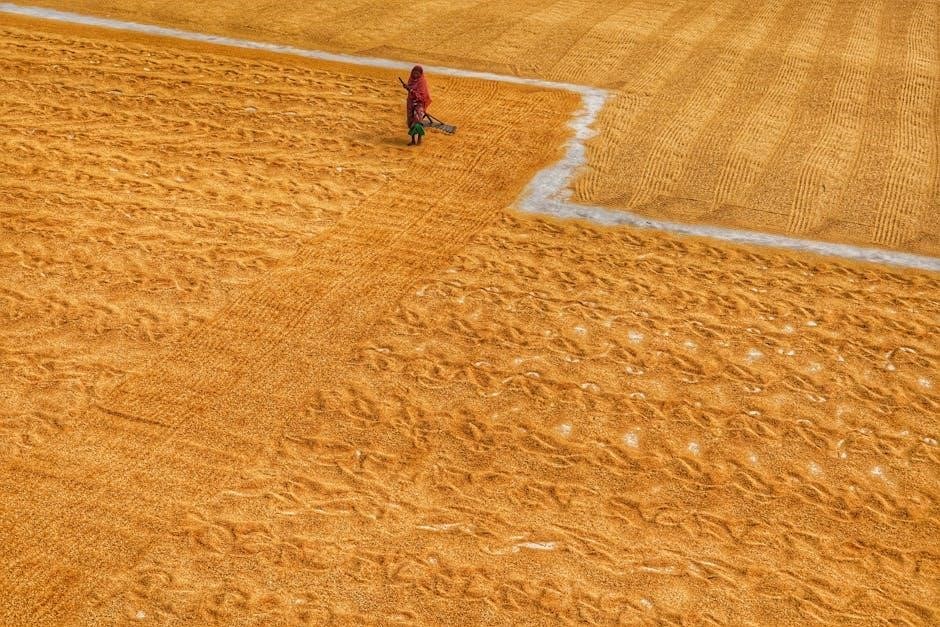
LBP Applications in Face Recognition
LBP is widely used in face recognition for its robust texture analysis and angular difference capabilities, enabling effective facial feature extraction and expression recognition systems.
3.1 Fundamentals of Face Recognition Using LBP
Local Binary Patterns (LBP) are foundational in face recognition due to their ability to capture micro-textural facial features. By comparing neighboring pixels, LBP generates binary patterns that describe local texture. These patterns are robust to monotonic grayscale variations, making them ideal for facial analysis under varying lighting conditions. The method involves dividing the face into regions, computing LBP histograms for each, and concatenating them for a global representation. This approach ensures effective feature extraction, enabling accurate identification and expression analysis, while maintaining computational efficiency.
3.2 Angular Differences and LBP-Based Descriptors
Angular Differences (AD) enhance LBP-based descriptors by incorporating directional information, improving robustness in face recognition. AD measures angular variations between pixels, complementing LBP’s texture analysis. This integration captures both spatial and angular details, enhancing feature representation. By combining LBP patterns with angular differences, the descriptors become more discriminative, especially for pose and expression variations. This approach has proven effective in addressing challenges like illumination changes and facial occlusions, making it a powerful tool for advanced face recognition systems.
3.3 Robust Completed Local Binary Patterns (RCLBP)
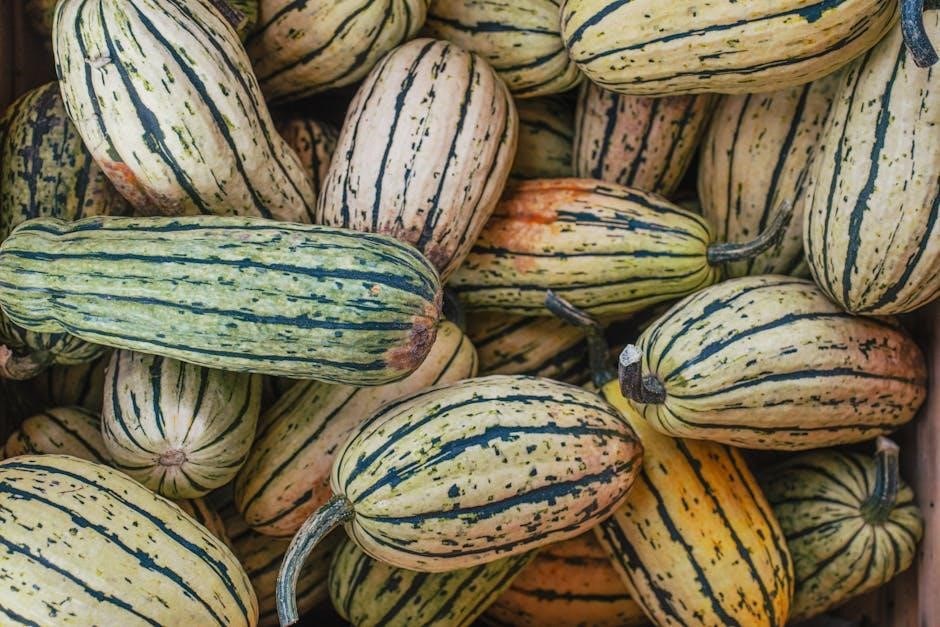
Robust Completed Local Binary Patterns (RCLBP) enhance traditional LBP by incorporating additional spatial and angular information. This method addresses limitations like sensitivity to noise and rotational variations. RCLBP combines Non-Local (NL) means filtering with LBP, improving robustness in surface defect detection and texture analysis. It effectively captures both local and non-local features, making it highly reliable for complex image processing tasks. RCLBP’s ability to handle varying conditions ensures its widespread application in medical imaging, biometrics, and industrial inspections, offering superior performance compared to conventional LBP methods.

LBP in Medical Imaging and Biometrics
Local Binary Patterns (LBP) are widely used in medical imaging for texture analysis and in biometrics for unique feature extraction. Their robustness in capturing subtle patterns makes them ideal for applications like palm vein recognition and disease diagnosis, ensuring accurate and reliable results in critical fields.
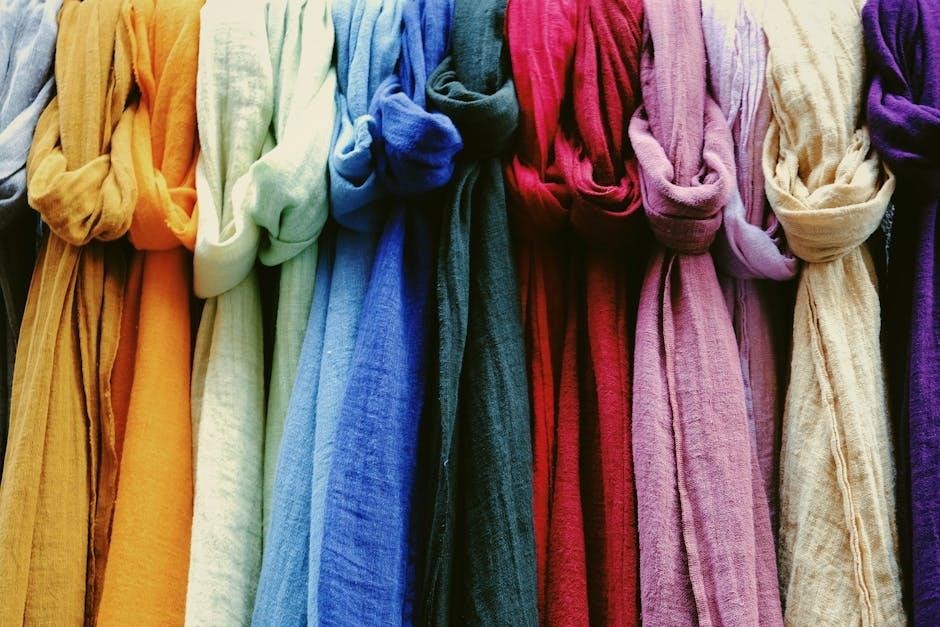
4.1 LBP for Palm Vein Recognition
Local Binary Patterns (LBP) are widely used in palm vein recognition due to their effectiveness in capturing unique biometric features. LBP extracts texture information by comparing neighboring pixels, creating a robust representation of vein patterns. Its non-parametric nature ensures consistency across varying lighting conditions. In palm vein recognition, LBP is often combined with other techniques to enhance accuracy. The method is popular for its ability to handle low-quality images and its computational efficiency, making it suitable for real-time biometric applications. LBP-based systems achieve high accuracy in distinguishing unique vein patterns, ensuring reliable authentication.
4.2 Texture Analysis in Medical Images Using LBP
Local Binary Patterns (LBP) are extensively applied in medical imaging for texture analysis, aiding in disease diagnosis and tissue characterization. LBP effectively captures micro-textural patterns in images, such as tumors or abnormalities, by analyzing pixel neighborhoods. Its robustness to monotonic grayscale transformations makes it suitable for medical images with varying lighting conditions. LBP-based methods are used to classify tissues, detect lesions, and segment regions of interest. Combined with color spaces or wavelet transforms, LBP enhances feature extraction, improving diagnostic accuracy. Its computational efficiency and non-parametric nature make it a valuable tool in medical image analysis, supporting precise and reliable clinical decisions.
4.3 Biometric Feature Extraction with LBP
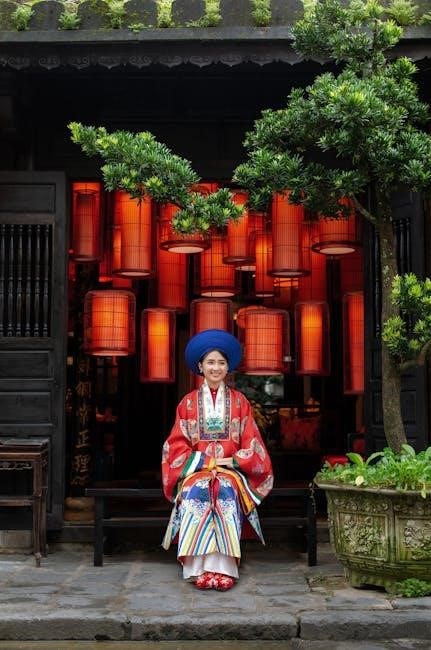
Local Binary Patterns (LBP) are widely used in biometric feature extraction for unique identification. LBP captures texture information in biometric modalities like fingerprints, palm veins, and facial features. Its robustness to rotation and grayscale variations enhances accuracy in biometric systems. By encoding local pixel relationships, LBP provides discriminative features for distinguishing individuals. Combined with advanced classification techniques, LBP-based systems achieve high performance in biometric authentication. Its computational efficiency and simplicity make it a preferred choice for real-time biometric applications, ensuring reliable and secure identity verification.
LBP in Content-Based Image Retrieval (CBIR)
Local Binary Patterns (LBP) enhance Content-Based Image Retrieval (CBIR) by extracting texture features for efficient image similarity searches. LBP’s efficiency and effectiveness make it a popular choice for CBIR systems, enabling robust and accurate retrieval of images based on texture analysis.
5.1 Integration of LBP with CBIR Systems
Integrating Local Binary Patterns (LBP) with Content-Based Image Retrieval (CBIR) systems enhances image retrieval efficiency. LBP extracts texture features, which are combined with color and shape descriptors for robust similarity matching. By using multi-scale LBP operators, systems can capture detailed texture information, improving retrieval accuracy. Tools like Faiss enable fast indexing and searching of LBP features, making CBIR systems scalable. This integration is particularly effective in medical imaging and e-commerce applications, where texture-based searches are critical. LBP’s computational simplicity ensures efficient query processing, making it a valuable component in modern CBIR frameworks.
5.2 Comparative Analysis with Other Feature Extraction Methods
Local Binary Patterns (LBP) is often compared with methods like VGG16, ResNet50, and RGBHistogram for feature extraction. LBP excels in texture analysis due to its simplicity and robustness to grayscale variations. Unlike convolutional neural network-based methods, LBP is computationally efficient and requires minimal training. However, it may lack in capturing high-level features compared to deep learning models. Histogram of Oriented Gradients (HoG) offers similar texture-based representation but is more complex. LBP’s lightweight nature and effectiveness in specific domains make it a strong contender for applications requiring fast and reliable feature extraction.
5.3 Efficient Retrieval Using LBP and Faiss

Combining Local Binary Patterns (LBP) with Facebook’s AI Similarity Search (Faiss) enables efficient content-based image retrieval (CBIR). Faiss, a library for fast similarity search, complements LBP by accelerating nearest-neighbor queries. LBP extracts texture features, which are then indexed in Faiss for rapid retrieval. This integration leverages LBP’s lightweight nature and Faiss’s computational efficiency, making it scalable for large datasets. The approach is particularly effective in applications like medical imaging, where fast and accurate retrieval is critical. This combination enhances performance, ensuring robust and efficient image retrieval systems.
Advanced Variants and Extensions of LBP
Advanced LBP variants include ELBPTOP, Multi-Scale Block LBP, and Non-Local Means with LBP for surface defect detection, enhancing robustness and applicability in complex image analysis tasks.
6.1 Extended Local Binary Patterns on Three Orthogonal Planes (ELBPTOP)
Extended Local Binary Patterns on Three Orthogonal Planes (ELBPTOP) is an advanced variant of LBP that enhances texture analysis by exploring three-dimensional information. It extends traditional LBP by considering patterns across three orthogonal planes, capturing spatial and depth-wise texture details. This method is particularly effective in surface defect detection and medical imaging, where multi-dimensional texture analysis is critical. ELBPTOP combines non-local means filtering with LBP, improving robustness against noise and variations. Its ability to encode complex textures in three dimensions makes it superior to conventional LBP in handling challenging image analysis tasks.
6.2 Multi-Scale Block Local Binary Patterns
Multi-Scale Block Local Binary Patterns (MSBLBP) extend traditional LBP by analyzing textures at multiple scales and spatial resolutions. This approach divides images into blocks and applies LBP operators at varying scales, capturing both fine and coarse texture details. It enhances robustness by incorporating multi-scale information, making it effective in complex texture classification tasks. MSBLBP is particularly useful in medical imaging and surface defect detection, where detailed texture analysis at different scales is essential. Its ability to handle varying resolutions improves accuracy in challenging real-world applications.
6.3 Non-Local Means Filter with LBP for Surface Defect Detection
The integration of the Non-Local Means (NLM) filter with Local Binary Patterns (LBP) enhances surface defect detection by reducing noise while preserving edge details. NLM filters improve texture analysis by considering pixel neighborhoods, complementing LBP’s local pattern extraction. This combined approach increases robustness in identifying subtle defects in industrial surfaces. The collaboration between NLM’s denoising capabilities and LBP’s texture description results in more accurate defect detection, making it highly effective in quality control and automated inspection systems. This method demonstrates improved performance over traditional LBP alone in handling complex, noisy environments.


